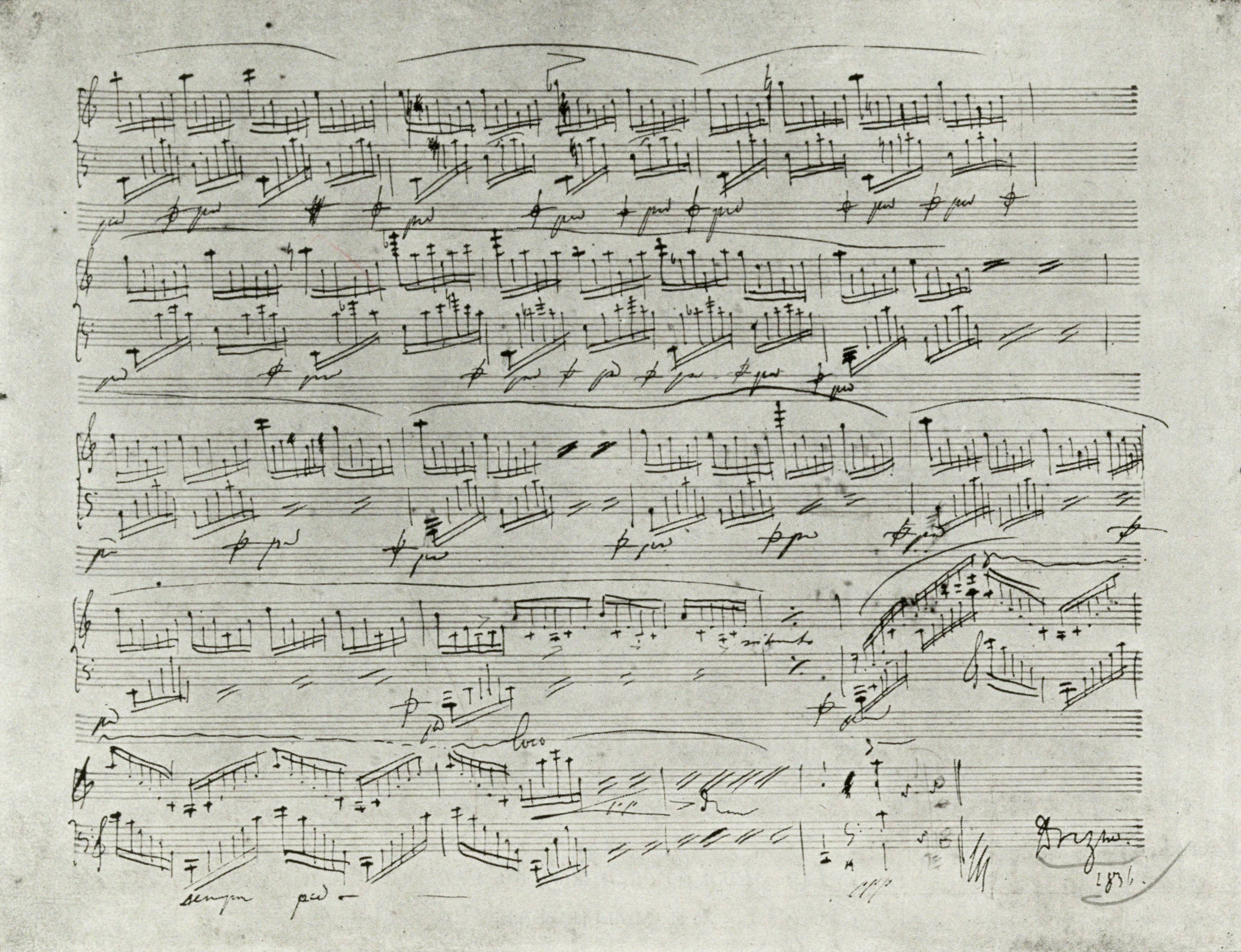



The version of AI of this bar and similar bars 38 and 40 is a proof of Chopin's working on a more effective use of the possibilities of sound shading given by the change of register of the bass note. It is even more visible if we take into account the corrections in bars 35, 38 and 40. Initially,

Next, still in AI, Chopin rejected the bottom E in bar 35 and moved the repetition of A
in bar 35 and moved the repetition of A 1 to bar 40; both changes are of local character, yet they strive for extending the sections marked with the changing bass notes:
1 to bar 40; both changes are of local character, yet they strive for extending the sections marked with the changing bass notes:

Eventually, Chopin delayed the moment of introducing the bottom tonic of A 1 for the very end of this section, which underlined the role of particular phrases in the scale of the entire Etude:
1 for the very end of this section, which underlined the role of particular phrases in the scale of the entire Etude:

Such complex changes of registers of fragments of bass line are encountered also in other works by Chopin, e.g., in the Polonaise in C minor, Op. 26 No. 1, bars 52-53 and analog., Etude in A
minor, Op. 26 No. 1, bars 52-53 and analog., Etude in A major, Dbop. 36 No. 2, bars 57-59 or the ending of the Ballade in F major, Op. 38, (bars 202-204).
major, Dbop. 36 No. 2, bars 57-59 or the ending of the Ballade in F major, Op. 38, (bars 202-204).
Compare the passage in the sources »
category imprint: Differences between sources; Corrections & alterations
issues: Accompaniment changes
notation: Pitch



